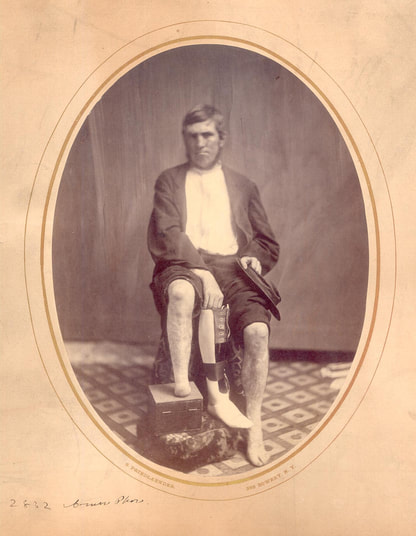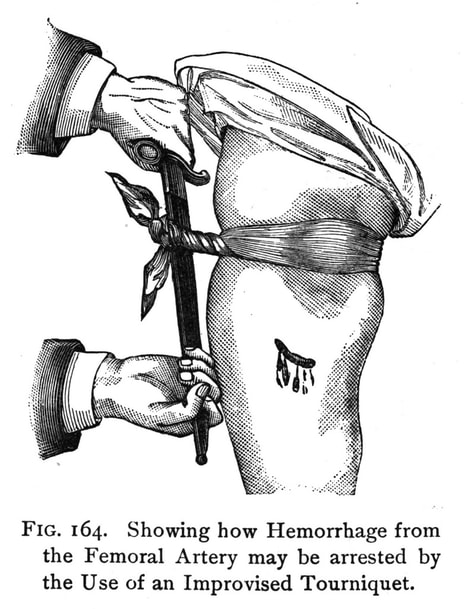A tourniquet is usually a treatment of last resort, but can save lives if applied to stop severe bleeding due to an arterial injury and/or a traumatic amputation of an arm or leg due to injury, and has been used increasingly, lately, for management of life-threatening injuries due to increased knowledge about their benefits.
|
TREATMENT OF HEAVILY BLEEDING WOUND:
TOURNIQUET MATERIAL Best option: commercial tourniquet Other options (improvised):
TOURNIQUET "RULES" Placement:
|
http://www.realfirstaid.co.uk/tourniquets/
https://firstcareprovider.org/blog/tk-how-to
https://firstcareprovider.org/blog/tk-how-to

